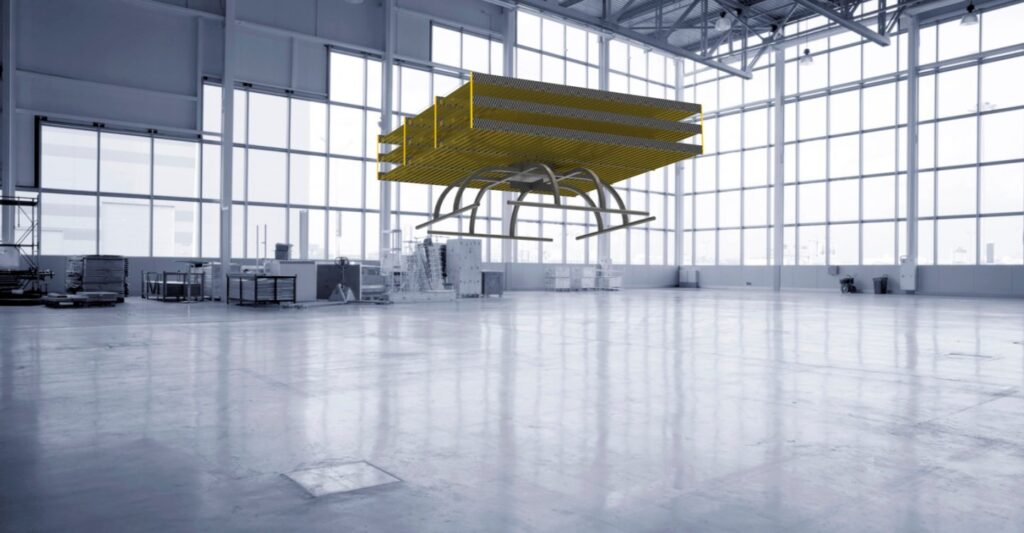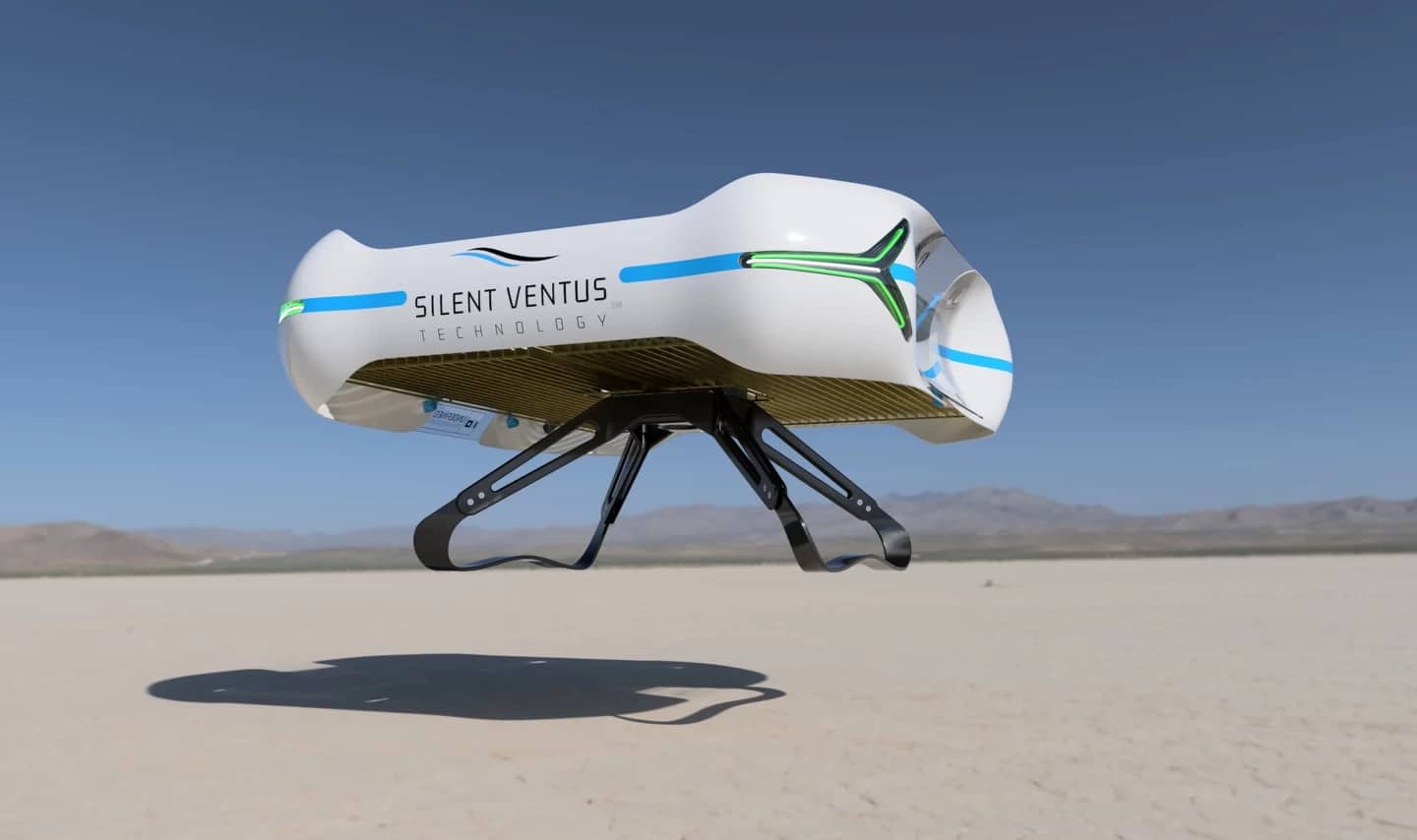Undefined Technologies, a startup based in Florida, has two (successful) flight tests and two million investments: thanks to both, it has just launched a new generation of "silent" commercial drone. It does not use propellers, but ion propulsion.
The new design is, without a doubt, a visual improvement over previous efforts, but ultimately, an ion propulsion system will look like any other; for practical purposes it will require a large electrode grid with at least two layers so that the top and bottom layers can be excited with high, opposing voltages to push the ionized air down. In other words, in terms of design it will be as beautiful as you want, but underneath it will always look like a flying dish drainer.
Drones and ion-powered aircraft, "the origins"

When I read this company's announcements for the first time (in summary it said "we can move drones and planes without conventional propellers"), I asked myself several questions. Stuff like this may have its advantages in space flight, but does it really work on earth? Can it really replace propellers? MIT published several papers some time ago on one of his fixed-wing aircraft with ion propulsion. It worked. I don't know more.
Undfined Technologies, on the other hand, chose its name well: a year and a half after its departure, nothing is still known about its new technology called "Air Tantrum", defined as extremely silent. From the video of the older generation (5 months ago, December 2021) it still doesn't look like it.
In this proof-of-concept the ion-powered drone flew 25 seconds while producing 90 decibels, the company says. The new generation flew two and a half minutes producing 85 decibels. The ultimate goal? 70 decibels. In practice, less than a hairdryer and more or less the same as a small camera drone (but to fly an object capable of carrying loads and people, one presumes).
Again: how will you further reduce the noise if the aircraft already has no moving parts? Posterity will judge.
What do I think, in conclusion
After the first flight of the ion-powered drone, the questions remain intact. This new generation actually feels more stable even if it is flying indoors and without wind. As for the noise, I'm not convinced. It sounds strange, and above all it seems very light: how can they increase its size without making it fragile?
It is also difficult for it to reach acceptable heights: this type of technology needs not to get too far from the ground to work.
These are the first attempts, however, and the technology is interesting. Even looking at the Wright brothers' plane today makes you laugh, but that's where we started. If one day very silent aircraft with no moving parts fly around, we will know that it all started here.


